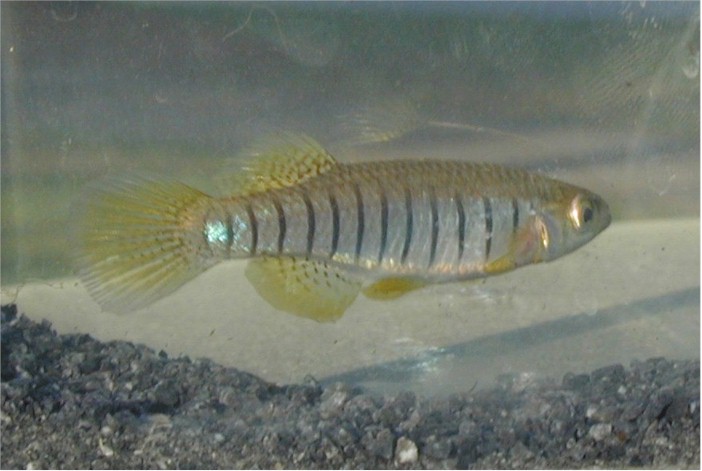
There are a great many mysteries about fishes that we do not know. Some are slowly being discovered by scientists who doggedly pursue these questions. Often the use of novel technologies, such as satellite tagging, make learning the answers possible.
One hypothesis regarding the wintering grounds of the world's second largest fish, the basking shark was only recently tested and confirmed. The basking shark (Cetorhinus maximus) is a huge filter feeder which grows to be up to 32 feet (9.8 m) long. According to a recent study published in Current Biology, the basking shark migrate at depths of 200 to 1000 meters deep and overwinter in the western Tropical Atlantic. Read about this story, click here.
.bmp)


















































